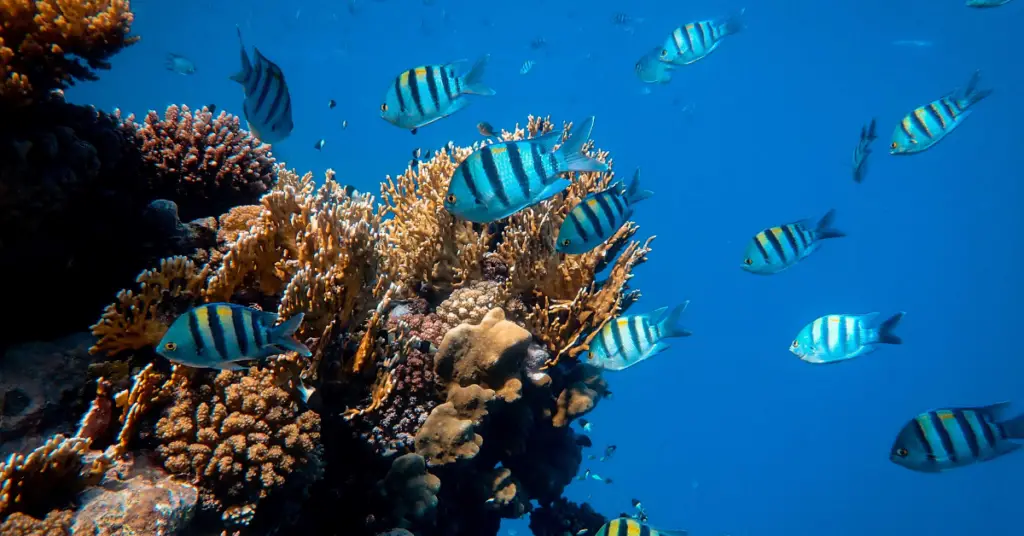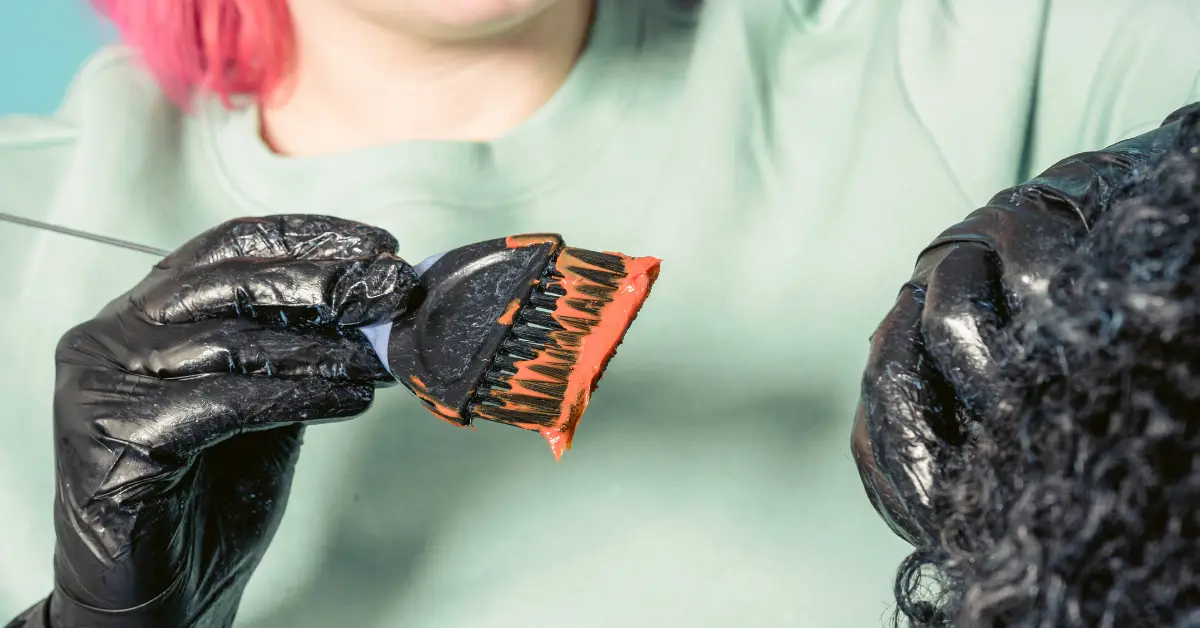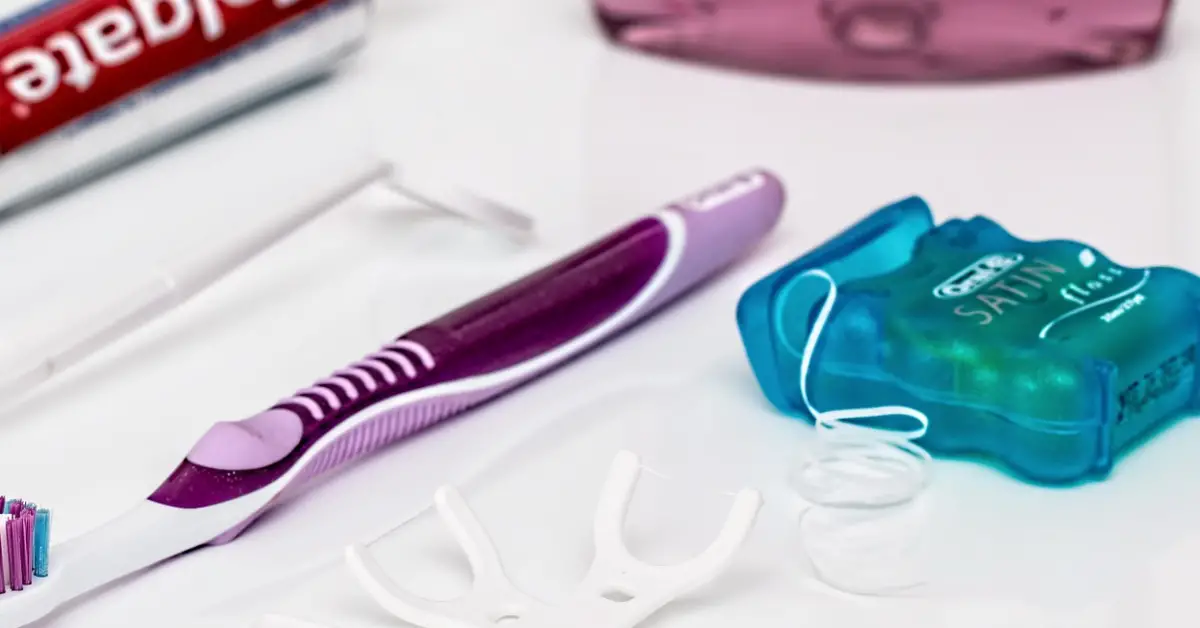Hair dye is an important part of many people’s haircare routine – giving a boost of color as well as confidence. In the USA in 2020, a staggering 31.8 million people colored their hair 4-5 times with many more millions reaching for the hair dye even more. Once conventional hair dye products are rinsed down the sink, they can find themselves in the water ways and, ultimately, the ocean. This can have dramatic effects on the aquatic wildlife.
Chemical composition of hair dye
Conventional hair dyes, both in-salon and at home, can contain a host of toxic chemicals. The most common chemicals that affect the environment (and the humans who use the dye too) are ammonia, P-Phenylenediamine (PPD) and hydrogen peroxide.
Ammonia
Ammonia is one of the most well-known chemicals found in hair dyes. If you don’t know it by name, you might know it by smell! It is the chemical that gives the dye its distinctive, pungent smell. The role of ammonia is to open up the outer layer of the hair so that the color can find its way to the inner layer.
As well as being a potential skin irritant to humans amongst other things, ammonia is particularly toxic to aquatic species. When the levels are too high in the water, the fish and other organisms, can not excrete the toxins at a sufficient rate. This leads to a build of ammonia in their tissues and blood. It can be potentially fatal for them. Some aquatic environments are particularly susceptible to ammonia toxicity – factors such as pH and temperature can affect this.
Ammonia can also impact plant species – growth changes and necrosis are amongst the impacts recorded. Some species are more sensitive to ammonia than others and can be affected by lower concentrations. Certain species of conifers come into this category.
P-Phenylenediamine (PPD)
PPD is another common nasty found in conventional hair dyes. It is used as the coloring agent in darker shared hair dyes. As well as being the biggest cause of allergic reactions caused by hair dyes and, when combined with hydrogen peroxide, studies link it with cancer.
PPD is bad for the environment too. Although the area is controversial, some studies have shown that PPD may act as genotoxin to some mammals. A genotoxin is a chemical that alter the genetic material in the cells. Although aquatic species are more directly affected, research is limited in this area.
Hydrogen peroxide
Hydrogen peroxide has the important role of removing the natural hair color so it can be dyed more easily. Directions must be followed carefully as it can cause dermatitis and even scalp burns.

It can also be damaging after use! When it finds its way into waterways it can damage the aquatic life. Reduced growth has been reported in fish that have been exposed to high levels of hydrogen peroxide with damage to the gills a possibility in some species at particularly high levels.
DMDM Hydantoin
The shelf life of hair dye products is increased by the preservative DMDM Hydantoin. It releases formaldehyde which prevents molds and bacteria growing in the products. Although in small quantities – about the same as medium apple would naturally release – it can cause damage to the environment. If ingested, it can cause reproductive issues in some animals and birds. In water it can persist for a while – it can have a half life of up to ten days – increasing the chance of coming into contact with aquatic species.
The bottom line
The main component of conventional hair dye can contribute to negative effects on the environment – particularly aquatic species. They can cause devastating alterations to physiology and even be fatal to some species.
One person washing these chemicals down the sink, although not ideal, would not be a huge environmental issue. However, the sheer volume of hair dyes washed away leads to a cumulatively large amount of toxic chemicals polluting the waterways. Ammonia is also pumped into the waterways in other ways. For example, the use of synthetic agricultural fertilizers and, more naturally, the breakdown of animal waste. Hair dye contributes to the ammonia issue, rather than being the only cause. Similarly, this is the case with the other chemicals too.








